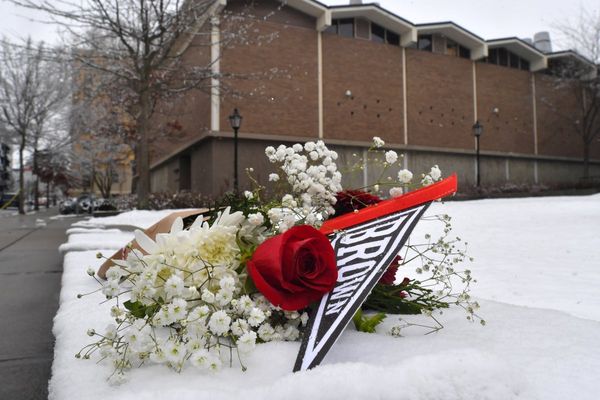
Golden haystacks shaped like teardrops have been a symbol of rural life in Romania for hundreds of years. The 3-metre-high (10ft) stacks are the culmination of days of hard work by families, from children up to grandparents, in the height of summer.
Together they cut waist-high grass, leave it to dry in the hot sun and stack it up to be stored over the winter, combing the hay downwards to protect it from harsh winds, heavy rain and snow. Throughout winter, clumps of it are removed from the haystacks and fed to livestock.
The work is labour-intensive and communal, and it benefits far more species than just humans and their livestock. Research shows these meadows are among the most biodiverse terrestrial ecosystems anywhere, full of grasshoppers, butterflies and spiders, as well as more than 100 species of grasses and flowers, including grass vetchling, hedge bedstraw and field scabious.
It is human activity that makes these habitats so rich for wildlife: hundreds of species of plant, bird and insect have adapted alongside centuries of cultivating and harvesting meadows, their life cycles becoming intertwined with farming.
Studies have found that Romania’s traditional hay meadows can be richer in wildlife than meadows managed as nature reserves. From May to July, before the hay is cut, they are awash with wildflowers and insects.
The meadows can have more than 100 species of grasses and flowers, including hedge bedstraw and field scabious
Romania is home to some of the largest grasslands in Europe still managed by traditional methods. But as modern agriculture creeps in, the haystacks are becoming a symbol of a vanishing way of life.
Sarig Attila, a farmer from Ghimeş-Făget, a small mountain village in the eastern Carpathians, says: “I love the place where I grew up. I see the huge value in what our ancestors created – their gentle touch on nature, their respect for it, and how they work the fields, creating such rich biodiversity.” His family has lived in the village for at least four generations.
For centuries families have built the traditional haystacks but rural areas are changing and machines are becoming more common
Ghimeş-Făget is home to 5,000 people, whose farms were largely self-sustaining for 400 years, with a mixture of sheep, cows, wheat and other grains. Many villagers can name more than 120 plant species, ethnoecologists have found.
In most of western Europe, the advent of artificial fertilisers has put an end to the wildlife-rich hay meadows that would once have carpeted the countryside. The UK has lost 97% of its wildflower meadows since the 1930s. Things are rapidly changing in Romania too: as young people leave the villages looking for work elsewhere in Europe, humans and horses are being replaced by machines and fertiliser.
Sarig Attila, a farmer, says small machines, then tractors were bought to modernise the work
Over the past 15 years, small machines to cut grass and put it into lines have arrived in Ghimeş-Făget, and bigger tractors are also being used. Attila says: “There was almost no change in 300 or 400 years, and now, in the past 30 years, everything is changing extremely fast. In the last few years it’s been changing like lightning.”
There are now only a few families making hay completely in the traditional way. As many young people have left, Attila cannot pay someone to help him, so it is cheaper for him to use a machine.
“People are getting tractors because they are stronger than horses and can do many jobs,” says Attila, who is worried that a centuries-long connection to the land is being lost.
Only a handful of families continue to make the haystacks in the traditional way
Many people are working to ensure the golden haystacks do not become relics of the past.
Nat Page is director of Fundația Adept, a biodiversity conservation and rural development organisation based in Romania that works with farmers on how best to manage grasslands profitably. It helps farmers access funding for protecting biodiversity and create markets for their products.
Its work covers 30,000 hectares (74,000 acres) of grasslands south of Sighișoara in south-east Transylvania, which is managed by about 5,000 small-scale farmers.
“You can walk for days through hay meadows,” says Page. “Transylvania is the last European country with great, large-scale traditional farming landscapes. We’re keen to give small-scale farmers an incentive to stay.”
Biodiversity organisations such as Fundația Adept help farmers access funding and markets for their products
However, on the ground, the destruction of Romania’s traditional methods continues unabated, with half of hay meadows left unmown in some areas.
The loss of these traditional hay meadows is “happening everywhere”, says Attila, and with no human management, biodiversity declines. “There are not enough people to do the job – younger people are abandoning the village.
“For me, it’s sad,” he says. “I see a huge value in this, but the new generation doesn’t.”
The disappearance of the hay meadows will be a huge loss for wildlife
Find more age of extinction coverage here, and follow the biodiversity reporters Phoebe Weston and Patrick Greenfield in the Guardian app for more nature coverage







